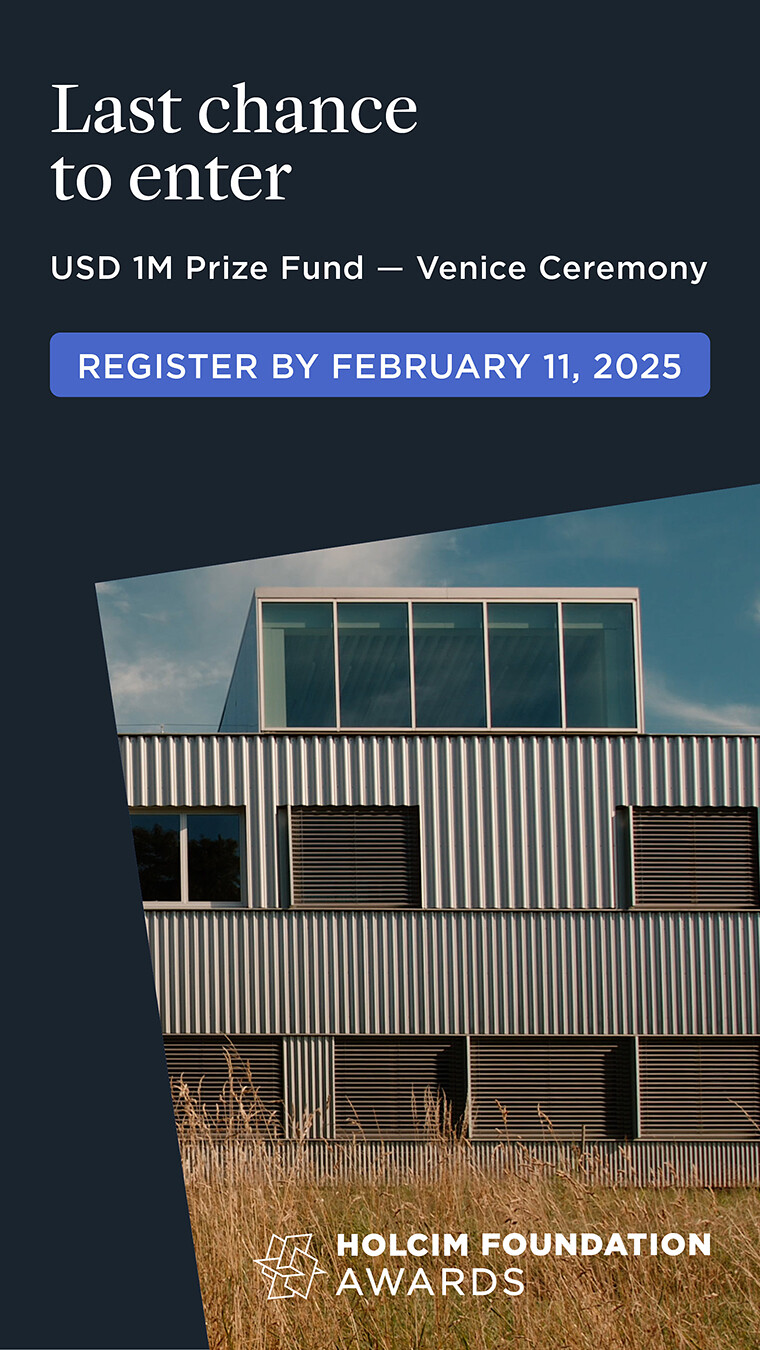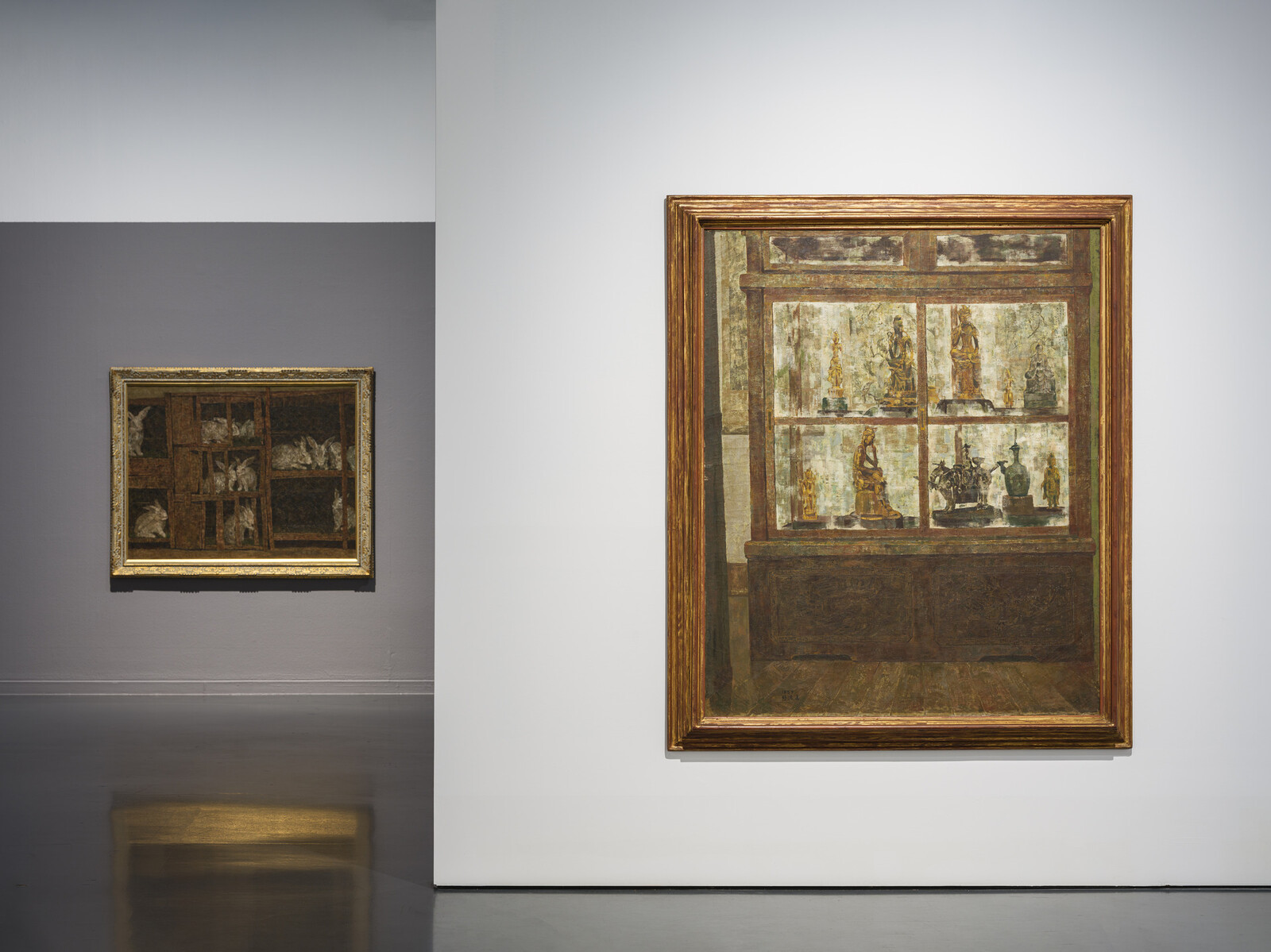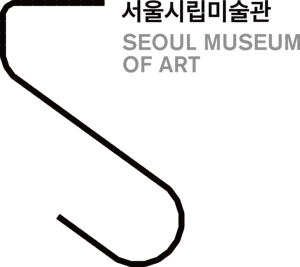Whispers of Nature
December 12, 2024–February 9, 2025
61 Deoksugung-gil, Jung-gu
Seoul
South Korea
Whispers of Nature as Resonance: Exploring New Possibilities in Korean Figurative Painting
Seoul Museum of Art (SeMA) presents Park Kwang Jin: Whispers of Nature, opening at the close of 2024 while awaiting the arrival of spring and the beginning of new life. Born in 1935, Park Kwang Jin is an artist who is viewed as having played a pivotal role in the progression and advancement of figurative painting in Korea. He first attracted notice as a Western painting student at Hongik University in 1957, when his work National Treasure was honored as a special selection at the 6th National Art Exhibition (Gukjeon). He was also a founding member of Mokwoohoe, a group that laid the groundwork for academism and the systematic growth of Korean figurative painting. In 1965, he established the Sunday Artists Society, which pursued outdoor sketching activities. He took part in the National Documentary Painting project, and he remains active today as a member of the National Academy of Arts.
In the painting world, Park is well known for his detailed depictions in a realistic style. His mature works from the 21st century, however, show him progressing in leaps and bounds beyond that stage, with a sui generis body of work combining realistic landscapes with geometric elements. The exhibition title Whispers of Nature originates from an interview in which the artist said, “It may seem like nature is soundless, but I can hear. It’s just a question of how to represent that.” Here, the artist describes his contemplation on how to transport the sounds of nature onto canvas. Like an old Zen Buddhist monk’s kōan, it seems difficult to comprehend at first; what meaning does it hold in terms of Park’s artistic oeuvre?
Park Kwang Jin has made significant contributions while holding various roles within the art world: a professor at Seoul National University of Education (SNUE), chairperson of the Korean Fine Arts Association, vice president of the International Association of Art (IAA), and more. However, rather than his roles as an educator and administrator, this exhibition focuses on Park’s pure, creative artistic journey spanning seven decades. Throughout his life until the present, Park has created around 1,100 works of art; this exhibition features 117 of them, including pieces from the SeMA collection and a selection of the artist’s most representative works. It is divided into four themes—“Exploration: Figures, Still Lifes, Landscapes”; “Landscape of Choices”; “Seasonal Reflections”; and “Sound of Nature”—designed so that visitors can gain an understanding of the progression and expansion of Park’s artistic vision based on the various strands of exploration that he pursued simultaneously.
The first section, entitled “Exploration: Figures, Still Lifes, Landscapes,” covers Park’s search for artistic direction while working with a variety of different subjects, beginning with his first oil painting, Entrance to Changgyeongwon Park (1952). Park was influenced by pioneering Korean figurative artists such as Lee Bongsang, Son Eungsung, and Park Sookeun, who played a key role in opening new horizons in modern Korean figurative art. Through these influences, Park sought new artistic directions in his work, exploring various subjects. The next section, “Landscape of Choices,” surveys the different scenes that he discovered with his artistic perspective as his focus shifted increasingly to landscape painting. Between 1967 and the 1990s, Park expanded his œuvre by painting the beauty of rural communities and urban surroundings and paying visits to scenic locations around the world.
“Seasonal Reflections” presents landscape paintings created between the mid-1960s and 1990s in which the artist realistically captured Korea’s pure nature. Park’s later work focuses purely on nature, while adding elements of the artist’s subjective impressions; in this sense, these works serve as a pivotal bridge in his artistic journey. Park has made a conscious effort to seek out examples of untouched nature, to the extent that he mentions specific geographic locations in the titles of his works. His artistic expression and the realism of his work are heightened by his exquisite depictions of light. In his paintings of Korea’s scenery through the four seasons, he clearly captures changes in the light from one moment to the next as he represents its natural beauty in detail. In particular, his landscapes depicting natural settings as reflected in bodies of water may be seen as the quintessence of his creative output during this period: through his simultaneous rendering of the actual landscape features and their reverse images, he expands the spatial sense, while ripples on the water’s surface heighten the effect of the light and add visual depth.
The final section, “Sounds of Nature,” presents works from the period after the 1990s, when Park shifted his attention to the silver grass and canola flowers growing in the distinctive environment of Jeju Island, which has become like a second home to him. During this phase, he sought to explore new possibilities in figurative art, aiming to “show not simply depictions, but canvases upon which the subjects of nature are condensed and concentrated.” In these works, the foreground is filled with delicate brushstrokes depicting silver grass, while the background elements are either omitted or simplified, capturing the light and wind of Jeju’s autumn, as if viewed through a brownish filter. The artist also introduced thin vertical lines onto his canvas, taking inspiration from the canola fields of France’s Metz area and the stripe patterns found in the work of Jesús Rafael Soto (1923–2005), whose work he encountered at the UNESCO headquarters in Paris. Each vertical line represents the sound of an individual element, like musical notes in different phases, and their repetition expresses the rhythms and beats unique to natural phenomena. Another distinctive feature of some works is the treatment of the near distance: while mountains and trees in the background retain their forms, the closer landscape loses its shape, becoming an undifferentiated mass. This fascinating approach has been described as representing the application of color field abstraction to the naturalist painting that Park has explored throughout his life, showing a unique aesthetic in which the abstract coexists with the realistic. The artist himself has said that he has “never forgotten for a moment that I am a figurative artist,” which leaves room for interpreting this technique as an extension of figurative painting. Considering his history of enlarging certain portions and depicting their textures in minute detail—an approach seen in earlier works such as Pagoda in Topgol Park (1957) and Pagoda (1968)—this undifferentiated mass may be understood as the monochrome pixels on the surface of a canola flower seen when the gaze is intensely fixed on an object in the foreground. The method used in Park’s works, such as Rabbit Hutch (1962), where space is divided by the rectangular frame of a livestock pen, may represent the origin of the artist’s compositions, in which a dramatic contrast is achieved by segmenting and reconfiguring the entire scene to leave only the distant view and the extreme foreground. This composition creates a profound impression by giving the canvas a more condensed feel.
From figurative painting genres such as still life, portrait, and landscape to a focus on the pure nature within landscapes, Park Kwang Jin’s lifelong artistic journey shifted from realistic depictions of nature to the expression of condensed and concentrated forms. In some ways, his life’s work comes across as an answer to the “whispers of nature,” rendered in images on the canvas. Park himself reflectively noted, “Figuration requires endless self-metamorphosis, and I haven’t been making those kinds of efforts.” As this statement reveals, his responses are the results of ceaseless contemplation and transformation. What is the future of Korean figurative painting in a climate such as today’s, where abstract painting has become representative of Korean art amid the wave of popularity enjoyed by Dansaekhwa since 2010 and debates are raging over the artistry of paintings produced with AI technology? Here, the activities of a soon-to-be-nonagenarian artist come across as something more resounding than a whisper.
Curatorial text by Seungah Helen Lee.
Organized by Seoul Museum of Art
Cooperated with Korean Goverment Art Bank(MMCA)
Supported by SAMHWA PAINTS INDUSTRIAL CO., LTD.
Artwork lenders Jeju Museum of Contemporary Art, Korean Government Art Bank(MMCA)
Curated by Seungah Helen Lee
Coordinated by Glahn Cho, KIM Yeonji
Leaflet Park Kwang Jin: Whispers of Nature (ISBN 979-11-93372-13-5 03650)—Paperback: 20 pages.










